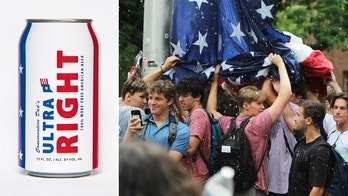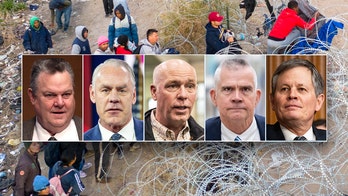A profile of Puerto Rico, which holds its Republican presidential primary Sunday:
NUMBERS:
Population: 3.7 million
AGE:
Median age: 36.9
Percentage of population 65 and over: 14.5
Percentage of population 75 and over: 6.2
RACE:
75.8 percent white; 99 percent Hispanic or Latino origin; 0.2 percent Asian; 12.4 percent black; 7.8 percent other; 3.3 percent two or more races; 0.5 percent American Indian.
LANGUAGE:
Language other than English spoken at home: 96 percent
EDUCATION:
High school graduate: 26 percent
Bachelor's degree or higher: 16 percent
MONEY:
Median household income: $18,862
People below poverty level: 41 percent
Homeownership rate: 72 percent
Housing units occupied by renters: 32 percent
2008 REPUBLICAN CAUCUS RESULTS:
John McCain: 90 percent
Mike Huckabee: 5 percent
Ron Paul: 4 percent
REGISTERED REPUBLICAN VOTERS:
100,000 (according to statistics from the 2000 primary, the last time a primary was held in Puerto Rico).
PUERTO RICO QUICK FACTS:
-- Puerto Rico has been under U.S. jurisdiction since 1898, its people citizens since 1917. Residents of the island cannot vote in the general presidential election in November because the island is a territory.
-- Puerto Rico has a representative in the House, called a Resident Commissioner, who has limited voting power. The island has no representation in the Senate.
-- Residents of Puerto Rico pay Social Security and Medicare payroll taxes but pay no U.S. federal income tax. They do, however, pay income taxes to the island's government.
-- The official languages are Spanish and English.
-- Puerto Rico has evolved from an agriculture-based economy in the 1940s, producing sugar, tobacco and coffee, to one now dominated by manufacturing, particularly pharmaceuticals. Manufacturing accounts for about half of the island's GDP. Tourism accounts for less than 10 percent.
-- Puerto Rico is about 100 miles by 35 miles, about three times the size of Rhode Island.




